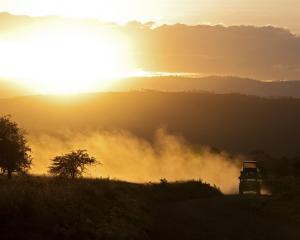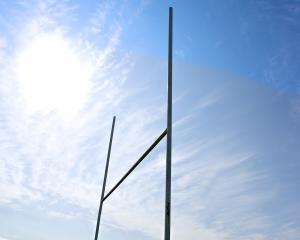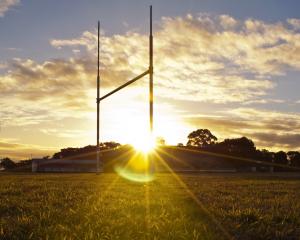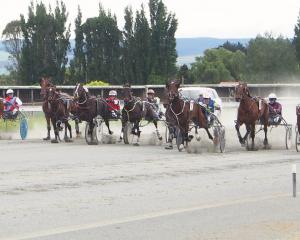
For those who have been pressing for significant change in the minimum river flow, the proposal is going to take far too long to implement.
It would be 2040 before the minimum flow is 2500 litres per second (l/s) at the Campground site near Alexandra.
It is hard to understand why, when it has been acknowledged the irrigators’ voluntary minimum flow of 900 l/s is insufficient to maintain the health of the river, it is proposed this level would not rise until 2030, and then only to 1200 l/s.
The proposal says fish barriers would be required on the tributaries before the minimum flow could go beyond 1200 l/s, but it is not clear how much this would cost and who would pay.
On the other side, there are those who feel 2500 l/s is too high and that the farming community will be destroyed in the process.
Last week, the ORC agreed to note the policy direction which is being consulted on before the development of the draft Land and Water Regional Plan.
Around the council table there is still a range of views, but the tenor of debate so far has been more seemly than when the issue blew up two years ago.
Some argue farmers have just been doing what the law allowed or encouraged them to do and they are now being unfairly caught in the crossfire of a change in the political direction around management of rivers.
Cr Michael Laws, who considers 2500 l/s is too high, seemed to be pinning his hopes on a change of government changing policies around freshwater management, presumably making them more farmer friendly.
He pointed out that between now and 2040 there will be seven general elections offering plenty of opportunity for national policies to change and the council would have to be nimble enough to cope with that.
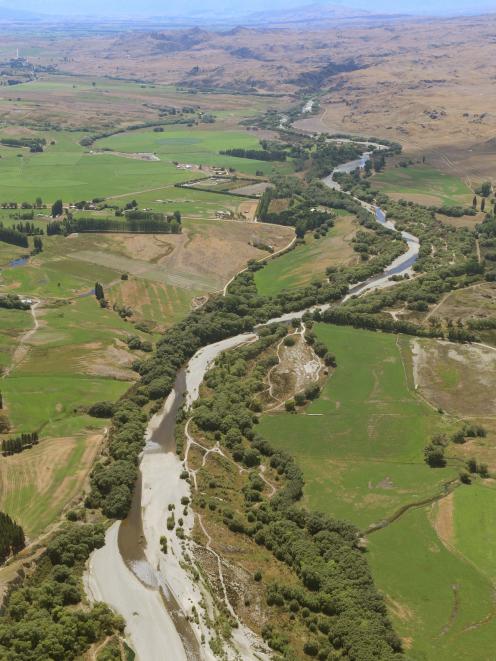
Yesterday, the Land Air Water Aotearoa (LAWA) project released a snapshot of water conditions around the country showing two-thirds of monitored river sites graded poorly for E coli.
E coli, arsenic, nitrate nitrite nitrogen, periphyton and suspended find sediment were listed as contaminants of concern in the Manuherikia rohe in the ORC paper outlining the policy direction.
Cr Alexa Forbes expressed concern about the slowness of increasing the minimum flow and the risk those extracting water from the river would just find new ways of doing business as usual.
As retired Department of Conservation freshwater technical support officer Murray Neilson wrote recently, no-one is suggesting farming in the Manuherikia should end to protect the environment, but society had the right to ask that its environmental assets be managed with a 21st century rather than a century-old approach.
He suggested funding would be required to help farmers change their practices, where applicable and possible.
In his brief appearance at the ORC meeting, Otago Fish and Game Council environmental officer Nigel Paragreen saw the proposal as passing the responsibility for doing anything meaningful on to the next generation.
He was 2 when the Resource Management Act was passed with its requirement for new consents for existing "deemed permit" holders by 2021. As an adult he had been at many hearings arguing for it to be implemented as had been intended.
He feared his now 1-year-old daughter might find herself in the same position in nearly two decades’ time, as an adult fighting to get the minimum flow implemented.
The consultation on the proposal is expected to begin late next month with feedback presented to the council in December.

